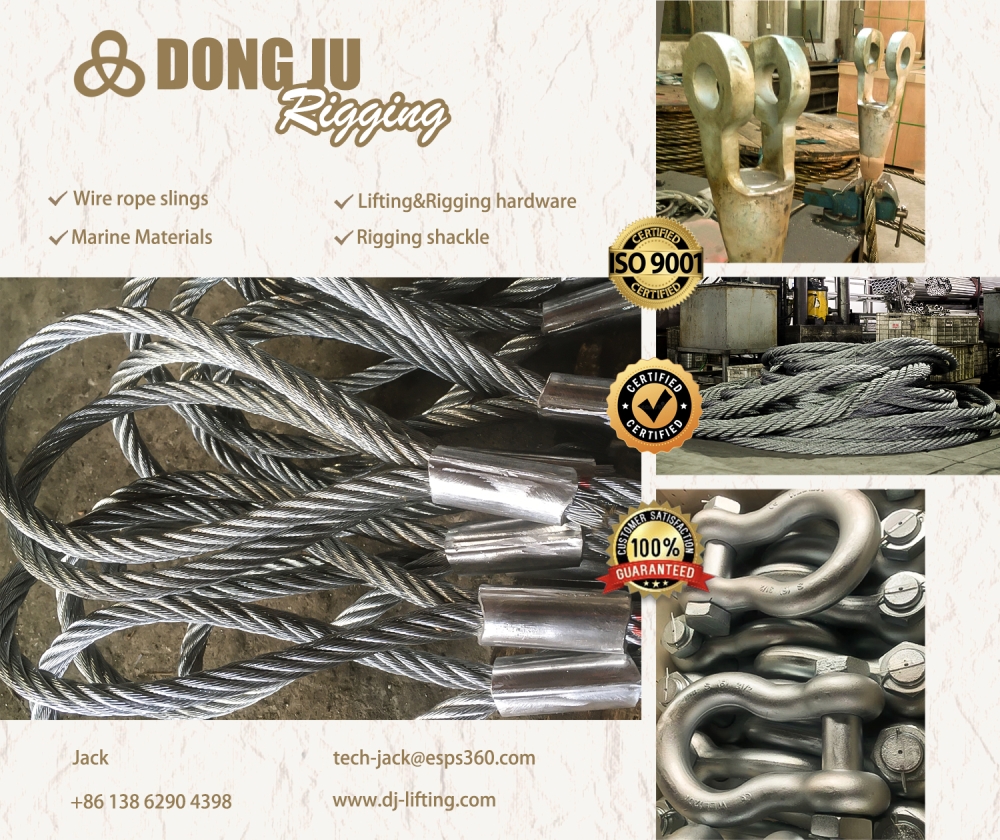Ports handle a large volume of goods that need loading and unloading every day. In this intense environment, marine rigging is frequently used. These tools are not only crucial for connecting cranes to cargo but are also key to ensuring the safety and stability of the cargo during transportation.
Marine rigging includes various ropes, chains, hooks, shackles, and other accessories. Their design and manufacture adhere to strict standards and quality control. In port loading and unloading operations, rigging is primarily used for lifting, moving, and securing cargo. When a crane lifts cargo, the rigging must withstand enormous weight and force, making its durability and strength critical to safety.
Marine rigging
In addition to connecting cranes and cargo, marine rigging is also used to secure cargo in its storage position to prevent sliding or tipping during transport. This is particularly important for heavy or large cargo, as any unexpected movement could lead to severe injury and property damage.
In port loading and unloading operations, the use of marine rigging not only demonstrates its functionality but also highlights its importance in ensuring the safety of port operations. Whether lifting, moving, or securing cargo, rigging ensures smooth operations and reduces the occurrence of accidents.








 QQ
QQ